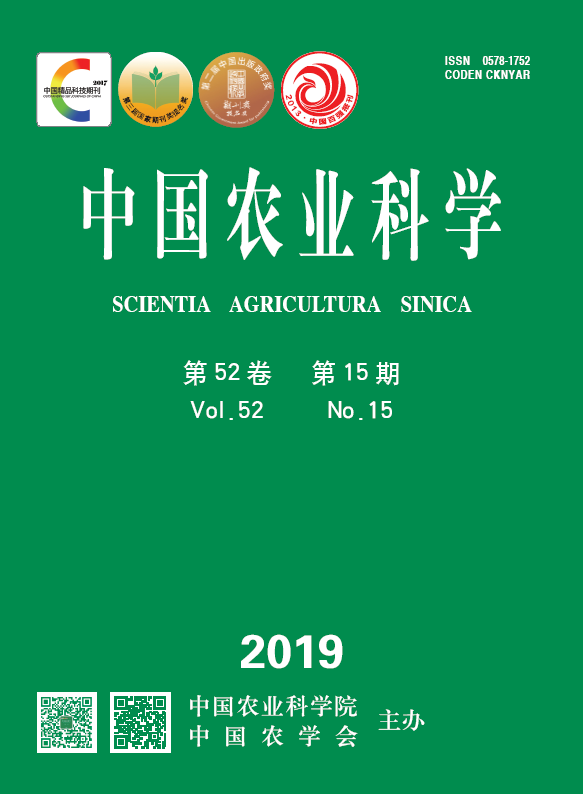【Objective】 Balanced supply of mineral elements is the prerequisite for the high quality and efficient cultivation of grapes. This study was carried to investigate the mineral nutrient requirement of Kyoho grape, so as to provide a theoretical basis for rational fertilization and precise fertilization of grapes.【Method】 Kyoho was used as test material. The whole plant was sampled at different growth stages in 7 consecutive years from 2012 to 2018. The contents of mineral elements in tree were determined, and the demand and proportion of mineral elements in different growth stages were calculated. 【Result】The absorption of mineral elements in Kyoho grapes varied during different growth stages throughout the growing season. The demand for nitrogen, potassium, iron, manganese, zinc and molybdenum from the germination to the initial flowering period exceeded 15% of the total annual demand, and the demand ratio of phosphorus, calcium, magnesium, copper and boron also exceeded 10%. From the beginning of flowering to the end of flowering period, the demand ratio of nitrogen, iron and molybdenum exceeded 15%, and the demand ratio of phosphorus, potassium, calcium, magnesium and zinc exceeded 10%. From the end of flowering to the veraison stage, the demand ratio of each mineral element was 41.7% nitrogen, 47.44% phosphorus, 44.83% potassium, 45.88% calcium, 44.92% magnesium, 39.75% iron, 27.40% manganese, 30.28% zinc, 60.20% copper, 38.72% boron, and 41.59% molybdenum. The demand for potassium, manganese and boron from the veraison stage to the harvesting period was relatively large, accounting for 21.76%, 22.19% and 20.17%, respectively. And the demand ratios of phosphorus, magnesium, calcium and zinc were 17.12%, 16.76%, 16.34% and 14.72%, respectively. While the demand ratio for nitrogen, iron, copper and molybdenum was less than 10%. During the harvesting period to the defoliation period, the demand ratios of manganese and zinc were 28.71% and 23.57%, respectively. The demand ratio of iron and boron exceeded 15%, and the proportion of nitrogen, calcium, magnesium and molybdenum also exceeded 10%. Phosphorus, potassium and copper accounted for 9.72%, 4.78% and 8.69%, respectively.【Conclusion】It should be paid attention to the supply of mineral element at different developmental phases of grapevine. The demand for mineral elements in the production of 1 000 kg of fruit was nitrogen 5.67 kg, phosphorus 2.37 kg, potassium 5.66 kg, calcium 5.70 kg, magnesium 1.02 kg, iron 153.45 g, manganese 53.14 g, zinc 36.25 g, copper 7.28 g, boron 41.84 g and molybdenum 0.47 g. The average contents of mineral elements in dry matter weight were nitrogen 0.92%, phosphorus 0.36%, potassium 0.66%, calcium 0.84%, magnesium 0.15%, iron 269.27 mg·kg -1, manganese 57.24 mg·kg -1, zinc 49.64 mg·kg -1, copper 12.66 mg·kg -1, boron 66.35 mg·kg -1 and molybdenum1.09 mg·kg -1.









